Jute ropes are made from jute yarn. The raw material for the production of twine resembles hemp or tow. The rope appeared thanks to sailors. It was on ships that strong jute ropes up to 5-6 cm in diameter were first used.
Now they are made in different thicknesses: from 1-5 cm to 2-3 mm. Thin ropes began to be used in handicrafts. At a low price, they have a neat appearance, are strong and do not wear out for a long time.
What is jute and the characteristics of the material
Jute rope production is concentrated in Asia and Indochina. 70% of the raw materials on the world market are grown and processed in Bangladesh and India. Since the production plants are located far from Europe and many countries, jute twine has a high price due to the cost of transportation.
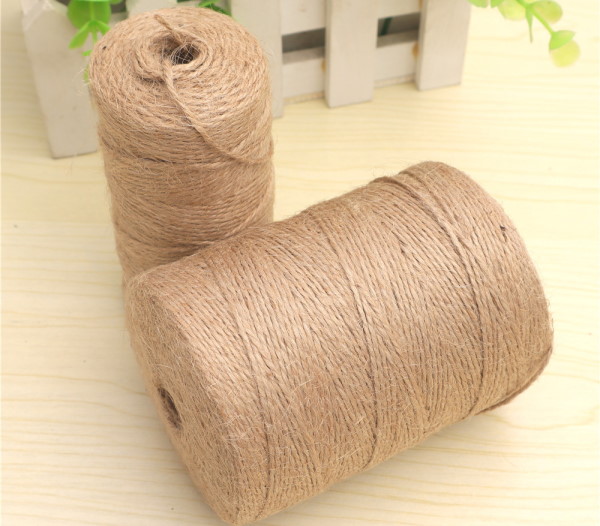
Jute has a rope type of weaving, usually based on 2-3 strands. The type of thread connection can be twisted or braided. For handicrafts, pliable ropes of small or medium diameter with a twisted texture are used.
Characteristics and composition of jute for handicrafts
Jute ropes are made from plant materials. Green shoots of the plant, jute, are used in production. It grows in areas of high humidity, in tropical or subtropical climates.
The raw material is prepared using a special method: soaked and dried in the open air. When processed correctly, the material is characterized by high tensile strength, elasticity and softness.
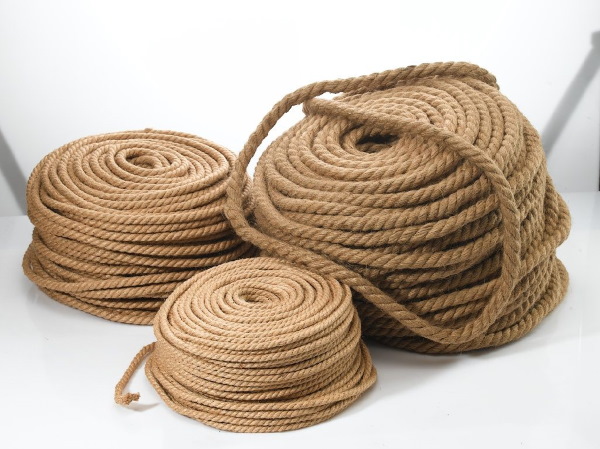
Rope comes in 2 types according to thickness:
- rope with a diameter of up to 5 cm;
- twine 2-16 mm thick.
In handicrafts, polished (smooth and non-prickly threads) or regular ropes are used. They do not accumulate static electricity. Sometimes the material is even used for inter-crown insulation.
Twine for making crafts is sold in spools of 50, 100, 500 m. Its weight is determined by the marking on the label (measured by the parameters tex/m). The value of 1000 tex corresponds to 1 kg of material per 1000 m. The natural color of the rope is pale straw or gray-brown. Some manufacturers add dyes to the raw material to obtain colored twine.
Advantages of jute in handicrafts over other materials
Compared to other popular materials for handicrafts (yarn, skein, floss and other types of rope), jute has many advantages.
This:
- naturalness of the raw materials from which the ropes are made;
- easily cut with scissors;
- you can change the shade of the twine;
- easily bends under the influence of polymer adhesives;
- holds its shape;
- strength of jute products;
- combination with any materials, decorative elements.
Selection criteria
For decoration and handicrafts, you need to choose a strong twine. You can knit items from it, weave filigree, and decorate interior items. It is better to choose a twisted rope, as it holds its shape better than others and does not fall apart when working with it.
Jute for handicrafts is selected according to density.
| Density | Description |
| 1680-1870 tex | The rope is suitable for products that must retain their original shape. Twine of this density is used for knitting bags, wrapping baskets and flowerpots. For frameless products that need to be given rigidity, the rope is used in 2 layers. |
| 1120 tex | A thread of this density is suitable for creating small accessories and knitting a soft bag. |
| 560 tex | The rope is used to make crafts with a soft, loose texture, filigree. A cord of such density gives volume to products, makes them airy. |
Other criteria for choosing jute thread:
- The smell of the material. Often jute rope is impregnated with a special technical oil, which makes the rope stronger. It is used for industrial and construction purposes, but this jute is not suitable for handicrafts. You need to choose a rope without a smell or with a light aroma of natural raw materials.
- Hairiness. Jute has a fibrous texture, even from a new rope hairs stick out. This is normal and does not characterize the material as low-grade. But manufacturers also make polished ropes, smooth to the touch. They are more expensive, have not a round shape, but a slightly flattened one, which is not always convenient when working with the material.
- Quality of weaving. The rope must be of the same diameter along its entire length. There must be no unevenness or breaks. The twine must be solid, without foreign inclusions.
- Color. A quality rope has a natural white-gold tint. A poor quality twine has a grey-brown colour, often uneven along its entire length.
The more threads are intertwined in the twine, the thicker and stronger it is. But for home use, a rope with 2-3 threads is enough.
Preparing jute for use in handicrafts
Jute twine is most often used as it is sold. It has a neutral color that organically matches any shades in the interior. Sometimes, however, a rope of a certain color is needed, so it is dyed or bleached. To make a colored rope, it is first bleached.
Bleaching of jute
To bleach the rope, you can use regular bleach, which is sold in household chemical stores. It is better to use a plastic basin as a container for preparing the bleach solution.
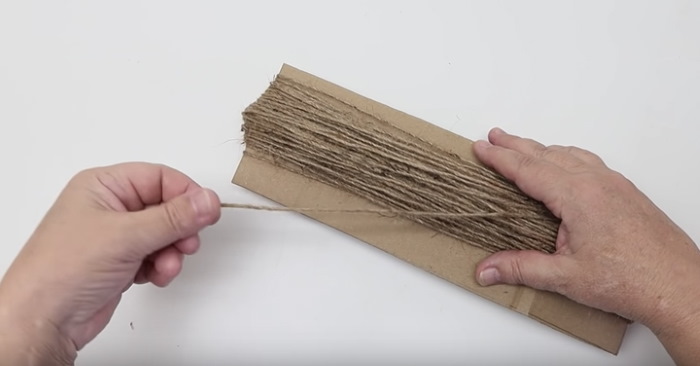
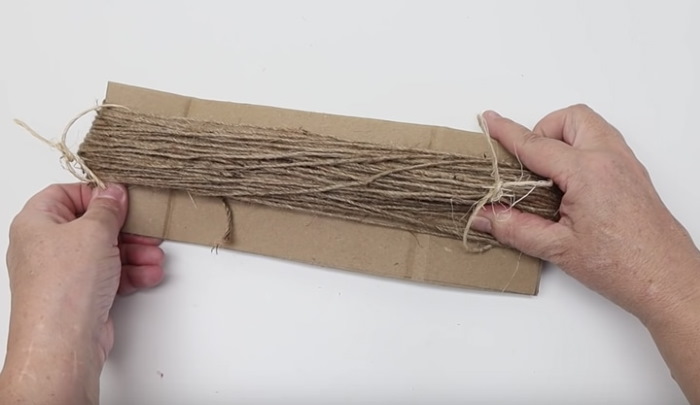
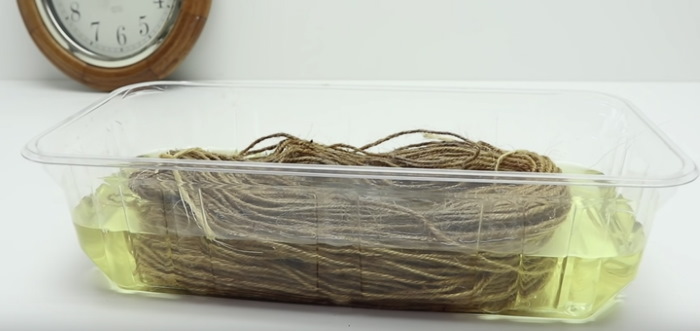
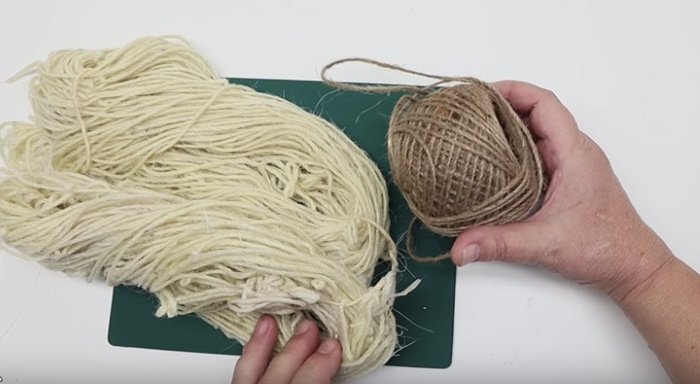
Instructions for bleaching twine:
- Wear strong rubber gloves to protect your hands from the effects of chlorine.
- Make a solution of 250 ml of bleach and 1 liter of water.
- Dip the twine into the liquid so that it is completely covered.
- Wait 8-10 hours, take out the rope and rinse it under running water.
Before using the twine, it needs to be dried well, otherwise it will not stick together and will lose its shape. Bleached jute becomes less durable, which is not critical if it is used for external finishing of decorative elements.
How to Dye Twine
You can paint the rope after bleaching it so that the material absorbs the maximum amount of paint and its color becomes rich.
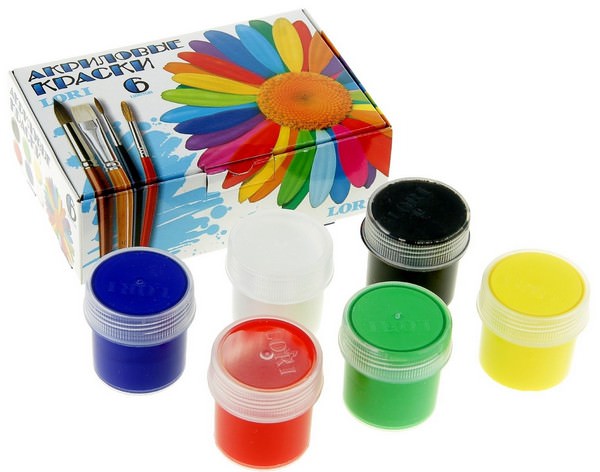
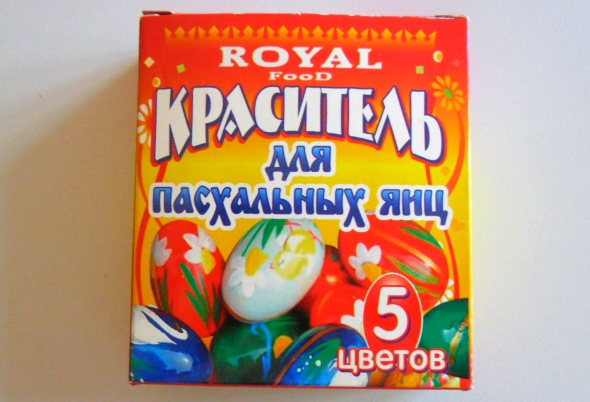
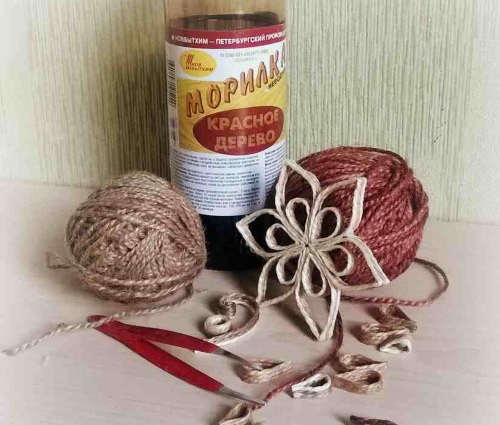
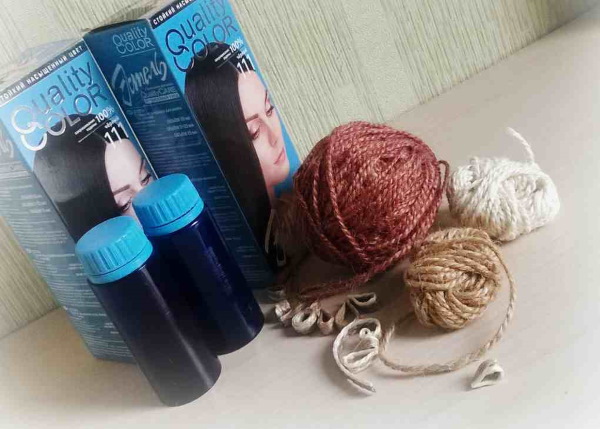
Coloring methods:
- Acrylic paints or coloring paste. The dye is diluted in water, achieving the desired brightness of the liquid. The rope is soaked in the solution, soaking it in paint for 3-4 hours. After that, the twine is allowed to dry completely. Paints can also be used in the usual way: paint the rope with a brush and wait until it dries.
- Dye for Easter eggs. This is a permanent paint that will allow you to get a bright rope with a stable pigmentation. The rope is soaked in a dye solution for several hours, then allowed to dry.
- Fabric dye. A package of coloring powder is diluted in water and heated to 70 °C. 1 teaspoon of salt and 2 tablespoons of vinegar are added to the warm water. The twine is immersed in the liquid for 0.5-1 hour. Afterwards, the rope is rinsed under running water and allowed to dry.
Without bleaching, jute can be stained with water-based stain. The substance gives the twine a dark brown or black tint. The rope treated with stain becomes stronger and stiffer, so it is more difficult to work with.
Techniques for working with jute material, examples of crafts
Jute is ideal for handicrafts. Its color matches other shades in the interior, the rope is highly durable and looks neat.
Crafts from twine are made using different techniques, the most popular of which are:
- winding of forms;
- knitting;
- macrame;
- filigree.
Wrapping forms with jute
This is the easiest way to use jute. It is suitable for decorating old furniture, creating flat mats, wrapping voluminous objects. To fix the rope, it is glued using a gun with silicone glue.

Depending on the shape of the craft, the twine is either laid out in a circle on a flat surface or wrapped in a spiral around three-dimensional objects. You can add uniqueness to the craft with the help of additional decorative elements.
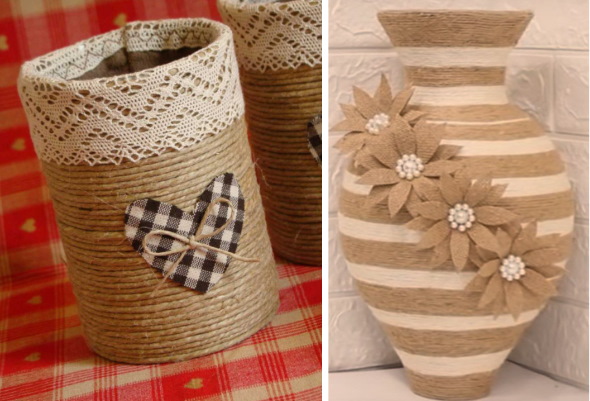
Twine can be used to wrap large pieces of furniture that have lost their appearance.
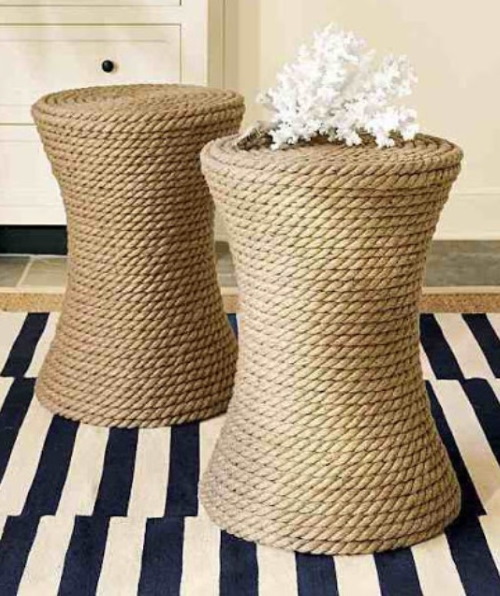
Ropes can also be used to make coasters for table setting.
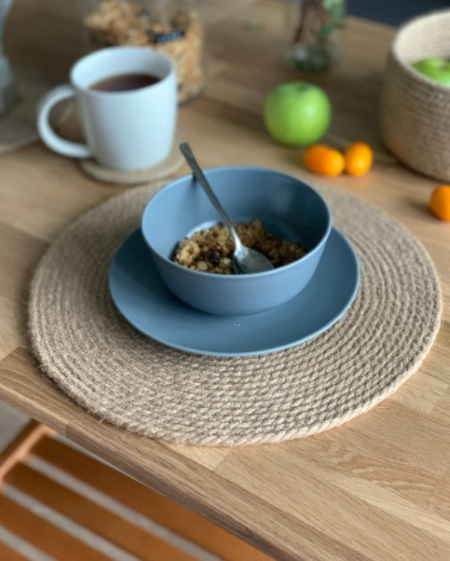
Door mats made from this material are durable, dirt is not noticeable on them, they can be easily washed under running water and they will not lose their appearance.
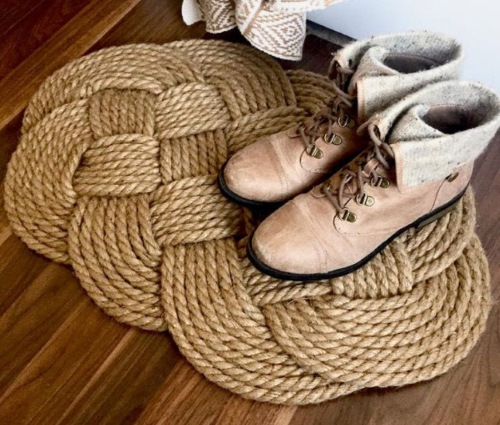
Jute is ideal for making cat furniture.
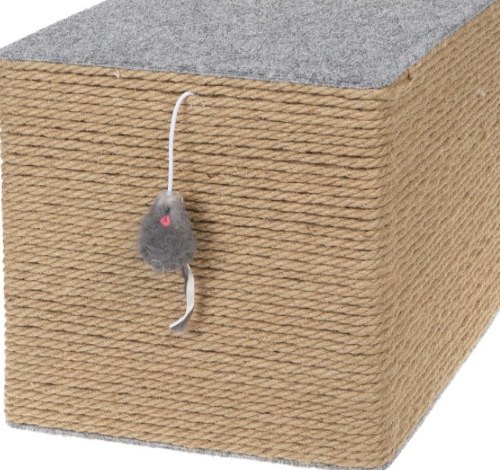
Animals find it convenient to sharpen their claws on ropes, and in general they like to climb ropes.
Knitting with jute rope
Jute is used for knitting with fingers and crochet hooks. Rarely, knitting needles are used to make crafts, more often in a combined technique for knitting individual elements. Jute thread is not elastic, and with a thick diameter it is difficult to bend. Therefore, crafts are knitted from twine that is no thicker than 2-3 mm.
The most popular option for crafts made from jute is baskets. The basis is a thick thread (6-10 mm in diameter), which is tied in a circle with thinner twine - 1-2 mm.
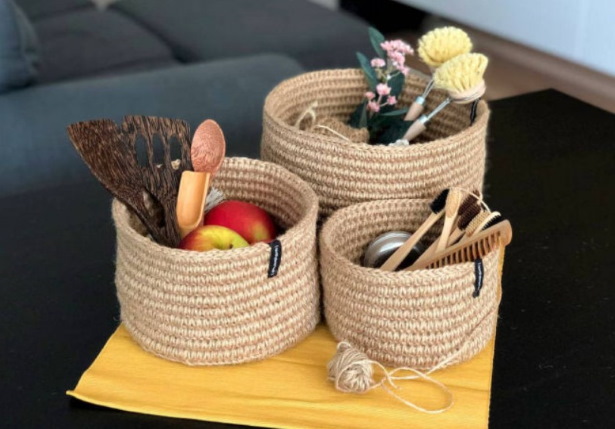
The rope is also suitable for making accessories, as it has a neutral color and high strength. Jute products do not wear out for a long time.
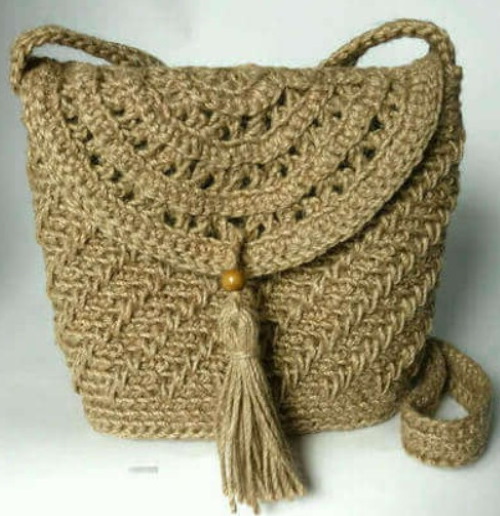
A practical item for the home would be knitted washcloths made from jute thread.
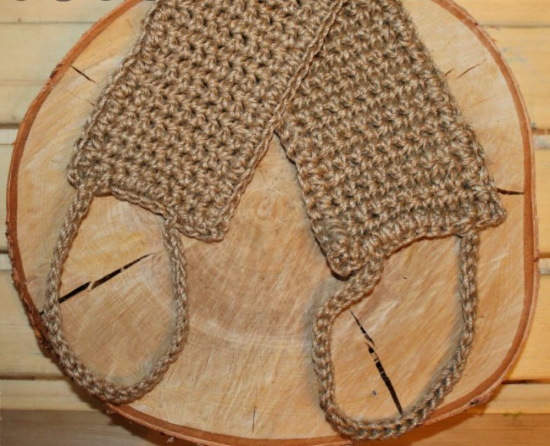
You can also make napkins-coasters for hot dishes. Such products not only look decorative, they are also practical. Twine is resistant to high temperatures. You can make a mat of any diameter and shape that will match the interior of the kitchen.
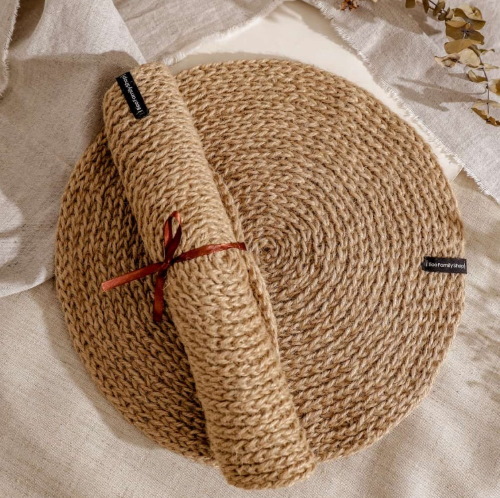
The most popular home decor items made from jute are rugs. This material can be used to make mats for the hallway, bathroom, bedroom or living room.
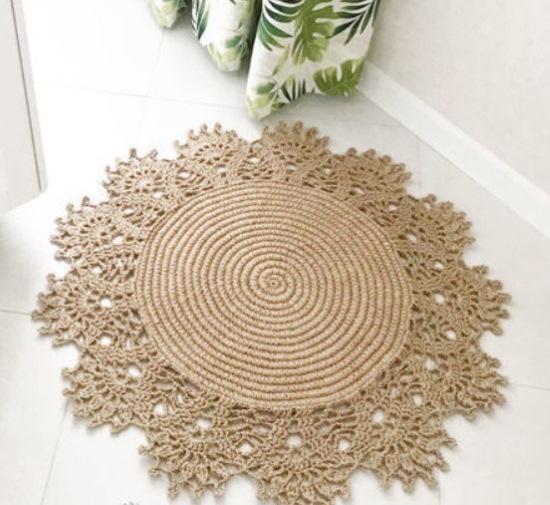
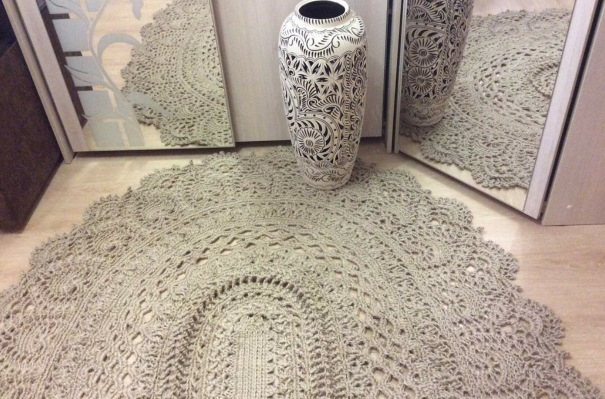
These mats can be machine washed and brushed. They do not lose their appearance for more than 5 years.
Macrame
Macrame is a knotting technique of weaving from jute. The principle of creating crafts is based on fastening threads by tying. The complexity of the work lies in the need to accurately observe the distance between the knots if the pattern involves a repeating ornament with equal indents between the elements.
Macrame technique is suitable for making grocery bags.
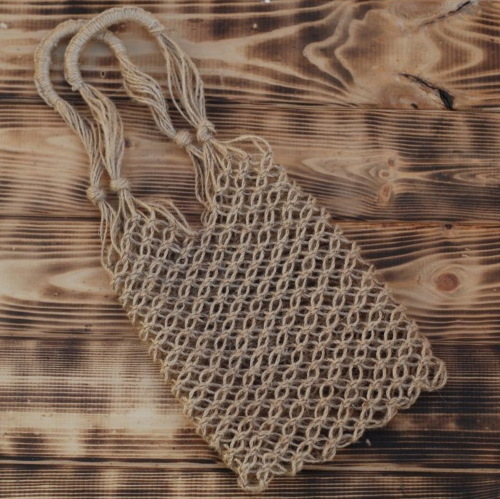
When creating decorative crafts for the home or panels, thin twine is most often used.
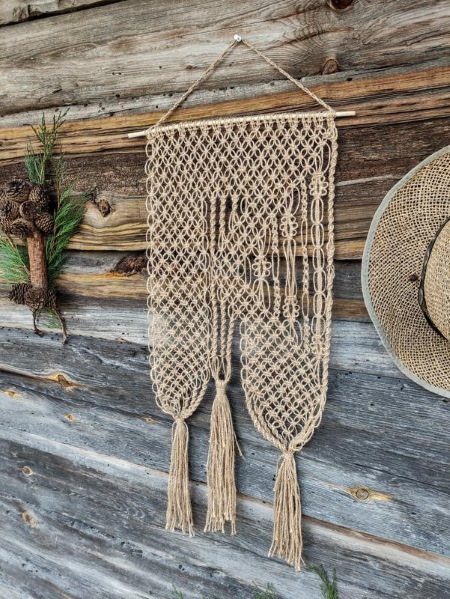
You can make voluminous curtains from jute.
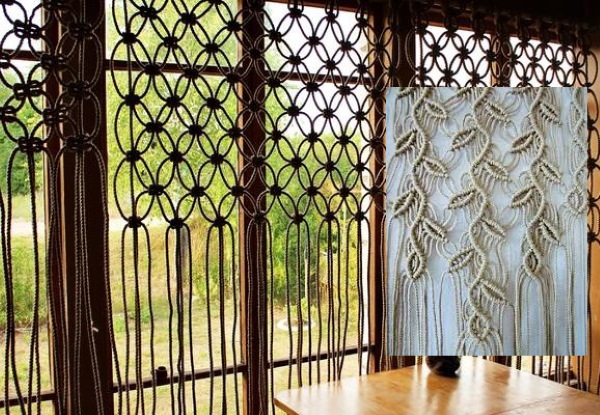
They will look beautiful on large kitchen windows.
Jute filigree
Jute for handicrafts is used in the technique of hand weaving - filigree. The technique is designed for making openwork patterns in the form of paintings, for decorating interior items. The technique is similar to filigree.
Twine is used to create figured elements: curls, loops, leaves. All of them are made from separate pieces of thread. The parts of the drawing can be simple and complex, multi-component, hollow and filled, large and small. To hide the ends of the threads, they are glued with a large amount of glue, otherwise the pictures will turn out untidy.
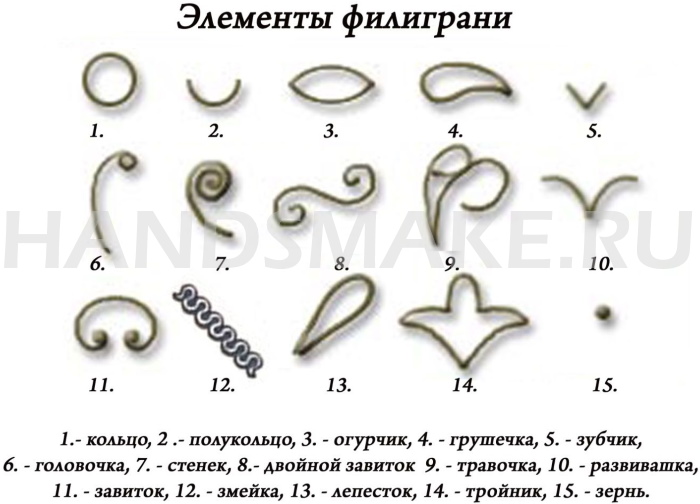
Basic elements of filigree:
- Ring and half ring. The twine is wrapped into a circle or half of it. If you need to make a filled circle, then the thread is twisted from its center.
- Cucumber. The ring is compressed at the sides, giving the corners a pointed shape.
- Pear. Clamp one end of the circle, making an acute angle, and leave the other rounded.
- Prong. The piece of thread is folded in half, the ends of the jute are spread apart to create a V-shaped element.
- Check mark. An element identical to the previous one, the ends of the threads of which are turned downwards.
- Loop. A small curl is made at the ends of the patterned element.
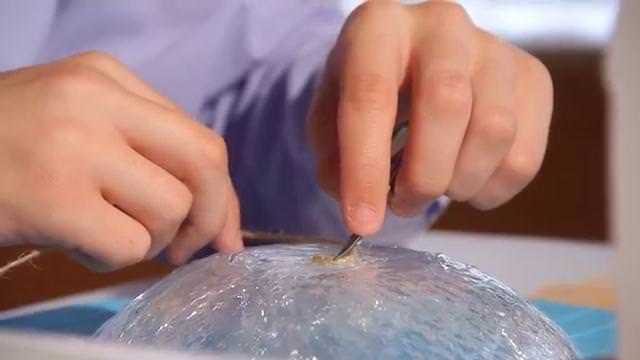
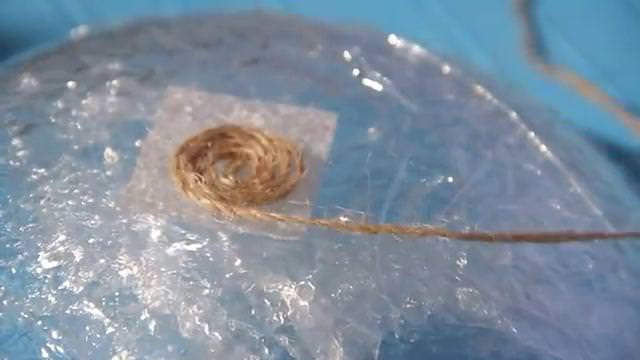
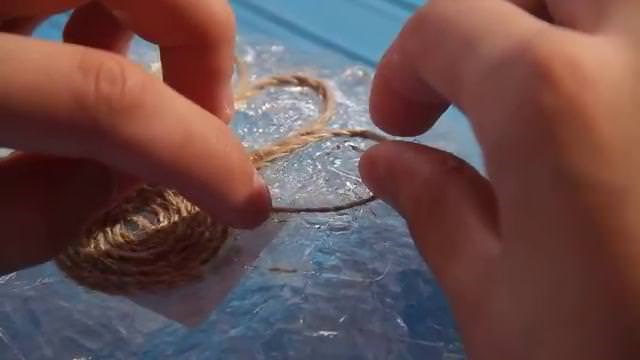

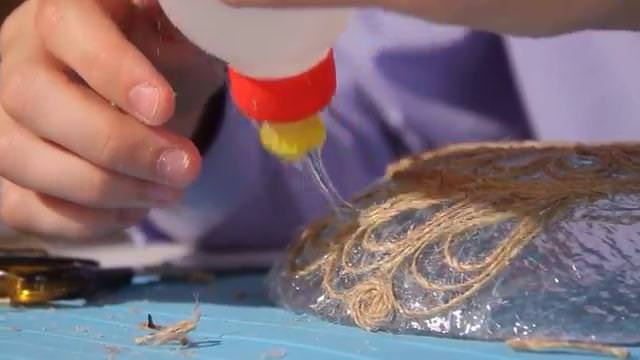

Working with jute on a cellophane base:
- The contours of the filigree image are drawn on paper. It is better to use a marker for this, so that all the lines are clearly visible, it is convenient to work with filigree.
- If the drawing is done on an A4 sheet, it is placed in a file. For larger paper or Whatman paper, use a transparent polyethylene film. The drawing should be clearly visible through it.
- The glue is applied to the contours of the image directly onto the film. Jute is placed on the adhesive base in accordance with the image under the oilcloth.
- When the glue dries and the filigree elements are firmly glued together, the film is removed and the resulting craft is glued to a decorative backing.
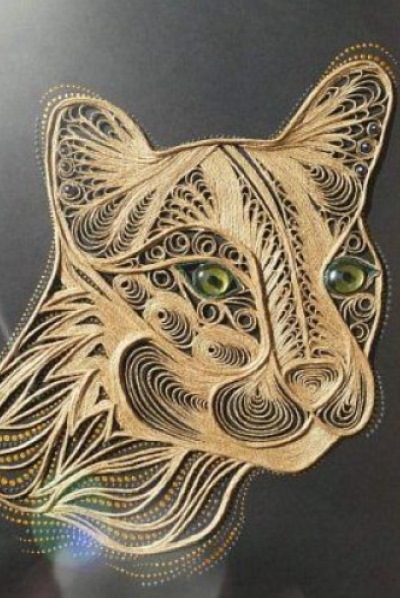
Twine is used to make flat paintings and three-dimensional objects.

Jute can be used to make interior items or accessories using combined techniques.

Jewelry that combines macrame and knitting looks beautiful.
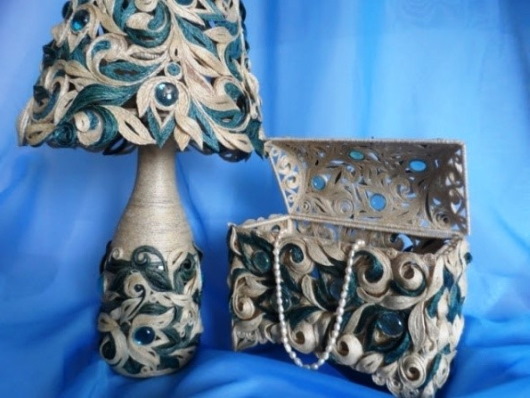
Filigree can also be complemented with crocheted lace elements.
In needlework, twine is valued for its durability and strength. To make working with the thread convenient, it is important to choose its thickness correctly, since different techniques use twine with different characteristics.
Video about the material
Jute for handicrafts:

Rating 5. Excellent article, colorful photos.